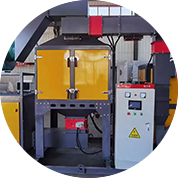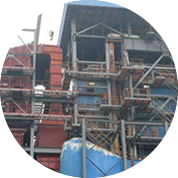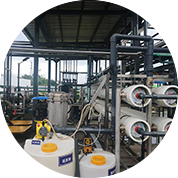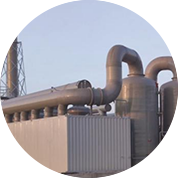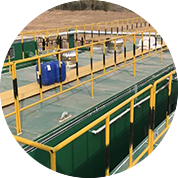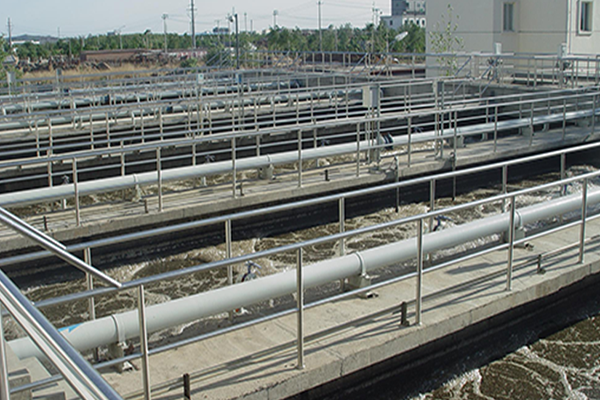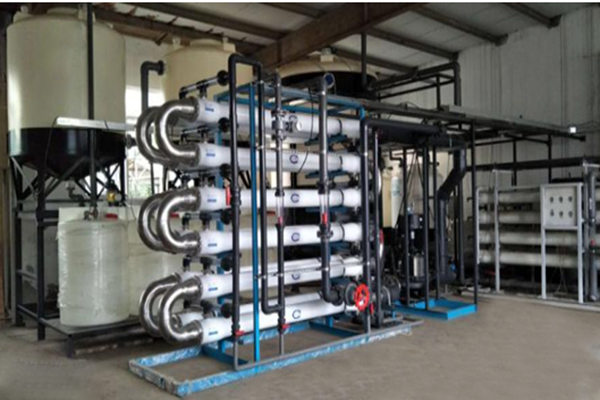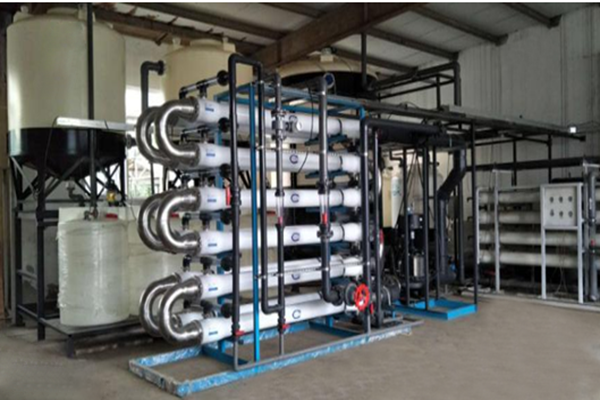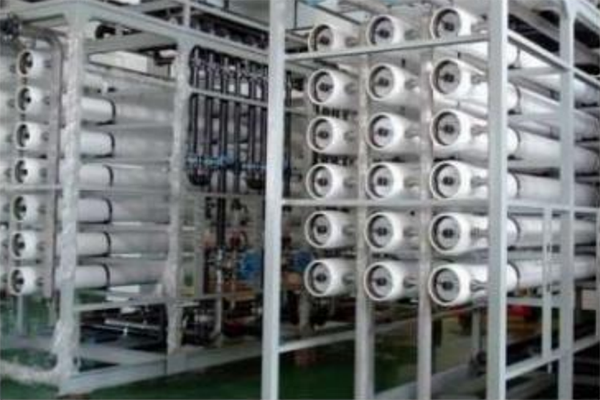
Welcome to Ruiming Environment!
Cases
Popular reading
-
The advantages of electroplating sewage treatment equipment
Uncovering the black technology of ethanol waste gas treatment: a new chapter of green transformation
Solar torch burning equipment: the perfect integration of environmental protection and efficiency
Inclined tube sedimentation tank: The optimal solution for efficient water treatment?
Where is the industrial pure water equipment?
Whole-house deep water purification solution: dedicated to creating a healthy and comfortable home environment
Reveal it! The price of 10 tons of water purification equipment starts from the bottom, is your budget enough?
Analysis of the processing flow and working principle of MBR integrated equipment
Reveal the way of asphalt waste gas treatment: Environmental protection and technology to create a green future
Rotary RTO: "Green engine" for exhaust gas treatment
 Hotline
Hotline
RCO Regenerative catalytic combustion project
I. Scope of application of RCO purification equipment
RCO equipment can be directly used in medium and high concentration (1000mg/m3-10000 mg/m3) organic waste gas purification; The RCO device can also be used in activated carbon adsorption concentrated catalytic combustion systems to replace the catalytic combustion and heater parts.
RCO treatment technology is particularly suitable for high heat recovery requirements, but also suitable for the same production line, due to different products, the composition of the exhaust gas often change or exhaust gas concentration fluctuations. Application industries include automobile, shipbuilding, motorcycle, bicycle, household appliances, container and other production plants painting production lines. Petroleum, chemical, rubber, paint, paint, shoe viscotic, plastic products, iron printing cans, printing ink, cable and enameled-wire production line waste gas treatment, especially suitable for the need for heat energy recovery of enterprises or drying line waste gas treatment, can be used for drying line energy recovery, so as to achieve the purpose of energy saving. The types of organic substances that can be treated include benzenes, ketones, esters, phenols, aldehydes, alcohols, ethers and hydrocarbons, among others.
Two. RCO purification principle
In the process of industrial production, the organic exhaust gas is discharged into the rotary valve of the equipment through the induced draft fan, and the inlet gas and the outlet gas are completely separated through the rotary valve. After the gas is preheated through the ceramic material filling layer (bottom layer), heat reserve and heat exchange occur. The temperature almost reaches the temperature set by the catalytic oxidation of the catalytic layer (middle layer). At this time, some of the pollutants are oxidized and decomposed. The exhaust gas continues to heat up through the heating area (the upper layer can be heated by electric heating or natural gas heating) and maintains at the set temperature; It then enters the catalytic layer to complete the catalytic oxidation reaction, that is, the reaction generates CO2 and H2O, and releases a lot of heat to achieve the desired treatment effect. The gas after catalytic oxidation enters the other ceramic filling layer and is discharged into the atmosphere through the rotary valve after recovering the heat energy. The exhaust temperature after purification is only slightly higher than that before waste gas treatment. System continuous operation, automatic switching. All ceramic fillings are heated, cooled and purified through the rotating valve, and the heat is recovered.
The RCO regenerative catalytic combustion unit uses rotary valves to replace the many valves and complex hydraulic equipment in conventional equipment. The removal rate of organic matter can reach more than 98%, and the thermal recovery rate can reach 95-97%.
Three. Equipment characteristics
1. Low operating cost, RCO generally when the organic waste gas reaches a certain concentration (1000mg/m3 above), the heating chamber in the purification device does not need to carry out auxiliary heating, saving costs;
2. No secondary pollutants such as nitrogen oxides (NOx);
3. Automatic control, easy operation and management;
4. High safety, purification efficiency up to 99%;
5. Efficient heat recovery, heat recovery efficiency ≥95%.
- More > Discussion on waste gas treatment technology of lithium battery recovery
- More > Common treatment process scheme of deodorizing waste gas
- More > Mid-Autumn blessing
- More > Economic comparison between TO direct combustion furnace and RTO incinerator
- More > MBBR process processing shortcomings and application prospects!
- More > Introduction to common waste gas treatment technology
- More > Biochemical treatment of wastewater
Tags for this article:
Shenzhen Ruiming Environmental Technology Co., Ltd.
-
 Phone:13823530689
Phone:13823530689 -
 E-mail:szrme_008@126.com
E-mail:szrme_008@126.com -
 Phone:0755-86208689
Phone:0755-86208689 -
 Address:Building 47, Xinwei Village, Xili Street, Nanshan District, Shenzhen
Address:Building 47, Xinwei Village, Xili Street, Nanshan District, Shenzhen Copyright © 2022 Building 47, Xinwei Village, Xili Street, Nanshan District, Shenzhen All Rights Reserved.
 Tik Tok
Tik Tok
 Public number
Public number
Hotline:13823530689

